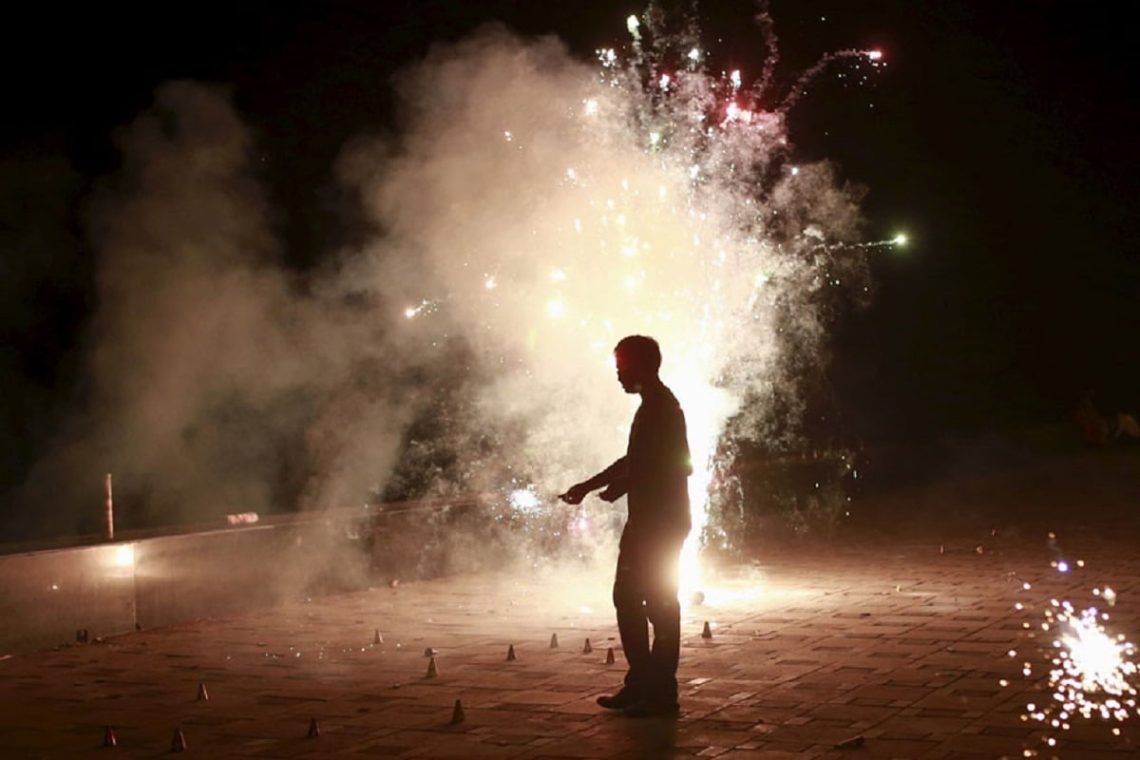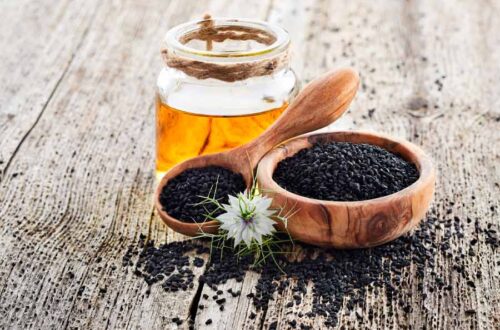
Smoke After the Sparkles: India’s AQI Crisis After Diwali
Every year, the glow of Diwali lights up homes, but increasingly what follows is a thick blanket of smog and AQI Crisis After Diwali. In 2025, the spike in air pollution across India — particularly in New Delhi and the NCR region — has once again underscored the challenge of balancing festivity with public health. In this article we dive into AQI India after Diwali, examine post Diwali air pollution India, spotlight “Delhi AQI Diwali 2025”, unpack what causes air pollution after Diwali, highlight “Delhi NCR very poor air quality post Diwali”, explore the link of stubble burning and Diwali air pollution North India, and offer a guide on how to protect from high AQI India.
Why Does AQI Surge After Diwali?
Firstly, the immediate culprit: fireworks. On Diwali night, millions of fire-crackers are burst across cities, releasing huge quantities of fine particulate matter (PM2.5 & PM10), sulphur oxides, nitrogen oxides and heavy metals. Studies in Delhi show that fire-cracker emissions alone accounted for the majority of elemental PM2.5 during the festival period. arXiv+2mint+2
Secondly, seasonal meteorology plays a heavy role. After Diwali, northern India typically enters cooler, calmer weather. Lower wind speeds and temperature inversions trap pollutants close to the ground. The pollutants released by fireworks then linger rather than disperse, contributing to the spike. Outlook India+1
Thirdly, there are compounding sources. In the north, agricultural stubble burning (especially after rabi/haryana/punjab harvests) sends plumes of smoke across to urban zones, notably the Delhi-NCR region. This link between “stubble burning and Diwali air pollution North India” is crucial: the air load from fire-crackers is added to an already stressed atmosphere. arXiv+1
Also, vehicle traffic and construction activity surge during festive periods, adding more nitrogen oxides (NOx) and dust to the mix. Moreover, limited enforcement of regulations — such as time-slots for fire-crackers or use of “green crackers” — mean the expected emissions reductions often do not materialize. For example, Delhi’s Supreme Court-allowed “green crackers” window was widely flouted, leading to higher emissions than planned. India Today+1
In short: fire-crackers + stubble burning + stagnant weather + extra traffic/dust = a post-Diwali pollutant perfect storm.
Which City Is Hit the Hardest?
While several Indian cities show elevated pollution post-Diwali, the worst impact in 2025 appears in Delhi and its neighbouring region. The data tell the story:
- On 21 Oct 2025, Delhi’s AQI averaged about 451 early morning — well into the “severe” category. India Today
- Many monitoring stations logged AQI above 400: Wazirpur (435), Ashok Vihar (445), Anand Vihar (440+). India Today
- The broader region (Noida, Ghaziabad, Gurgaon) also recorded AQI values in the 400s, categorised as “severe”. The Financial Express
- A report noted “post-Diwali air quality in Delhi NCR remained in ‘very poor’ category, reaching around 400” according to the Central Pollution Control Board (CPCB). India News Stream
Thus, in terms of scale and population exposed, Delhi-NCR is the most affected region for post-Diwali pollution in India this year.
That said, other cities do experience significant deterioration too — e.g., Kolkata, Mumbai, Ahmedabad — but not with quite the extremity seen in Delhi’s case.
What Are the Health & Social Impacts?
When the AQI Crisis After Diwali climbs into the “very poor” (301–400) or “severe” (401–500) range (as it did in Delhi post-Diwali), multiple risks arise:
- Fine particulates (PM2.5) can penetrate deep into the lungs and bloodstream, aggravating asthma, bronchitis, and cardiovascular illness.
- Short-term symptoms include throat irritation, coughing, difficulty breathing, eye redness, and fatigue.
- Long-term exposure contributes to chronic lung disease, reduced lung growth in children, and increased respiratory hospital admissions.
- Vulnerable groups — children, elderly, pregnant women, those with heart or lung conditions — are most at risk.
- Socially, outdoor life becomes difficult: visibility drops due to haze, outdoor schools or sports may be affected, and general quality of life declines.
- Economically, bad air can affect productivity, health-care burden rises, and tourism suffers (particularly in sensitive zones like Delhi with international arrivals).
Because the spike after Diwali is sudden and highly localised, there’s often insufficient time for individuals to fully brace themselves — compounding the danger.
What Can Residents Do?
Here are practical steps on how to protect from high AQI India, especially in the post-Diwali period:
- Monitor real-time AQI daily using reliable apps or government portals. If your area enters “very poor” or “severe”, restrict outdoor activities.
- Stay indoors as much as possible when AQI is above 300. Keep windows and doors closed, especially early morning when pollution peaks.
- Use air purifiers at home with HEPA filters; consider placing one in the bedroom for children or older adults.
- Wear protective masks when going out—preferably N95 / FFP2 or better—this helps filter fine particulates (PM2.5).
- Avoid strenuous outdoor exercise (jogging, cycling) during heavy pollution days; this reduces the volume of polluted air inhaled.
- Minimise indoor pollution sources — avoid incense, candles, smoking indoors, or gas cooking without ventilation when air exchange is limited.
- Support greener celebrating: encourage use of “green crackers”, shorter bursting time, open-space bursts instead of crowded residential zones — this helps reduce the “fire-cracker load”.
- Advocate community action: urge local societies and neighbours to limit bursting of crackers, adopt neighbour-friendly fireworks locations, and shift to cleaner alternatives (like laser or silent fireworks).
- Ventilate smartly: when outdoor air quality improves (AQI drops below ~200), open windows to flush indoor air, but during peak haze keep them closed and consider indoor air cleaning.
- Stay hydrated and maintain health: pollution stress on body increases oxidative stress; healthy diet, hydration and avoiding other pollutant exposures (like smoking) help resilience.
These are individual-level protections. But long-term gains come when we collectively change how we celebrate, how we manage agriculture, and how urban air-flows are designed.
A Glimpse at System-Level Measures
While you and I can take personal precautions, broader systemic responses are vital. Here are some key interventions:
- Stricter enforcement of fire-cracker bans/time-slots: as Delhi’s post-Diwali spike shows, allowing even limited bursting without supervision can undermine efforts. India Today+1
- Crop residue management: alternative to stubble burning in Punjab, Haryana and adjoining states helps reduce the background air-pollution load before Diwali.
- Public awareness campaigns: making clear the link between festival practices and pollution spikes helps behaviour change.
- Graded Response Action Plans (GRAP): automated triggers by AQI thresholds to restrict construction, heavy‐vehicles, diesel generators when air is on the verge of ‘very poor’. Outlook India
- Long-term urban planning: increasing tree cover, maintaining ventilation corridors in cities, improving public transport to reduce vehicle emissions, and designing ‘smog-safe’ urban zones.
- Cleaner fire-cracker technology: promoting and subsidising genuinely low-emission or silent (zero-dust) fireworks to reduce festivity load without banning celebration altogether.
Why It Matters and What the Future Holds
The fact that India still sees such dramatic spikes in AQI Crisis After Diwali underscores that our current balance between tradition and environment is tipping the wrong way. The phrase “Delhi NCR very poor air quality post Diwali” is not just media hyperbole—it reflects lived reality for millions.
In years ahead, the challenge will be to ensure that celebrations like Diwali don’t lead to persistent health crises. It is not enough to promise “green crackers” unless usage is monitored and broader pollutant sources (traffic, construction, stubble burning) are addressed.
By taking precautions now (you and I) and by pushing for large-scale policy and community changes, we can hope for a future where the sparkle of Diwali isn’t followed by a haze of regret and health hazards.
Post-Diwali 2025: India’s AQI Snapshot
Top Affected Cities
| City | Average AQI (Post-Diwali 2025) | Category | Main Causes |
|---|---|---|---|
| Delhi / NCR | 450–480 | 🔴 Severe | Firecrackers, stubble burning, vehicle emissions, temperature inversion |
| Gurugram / Noida | 420–450 | 🔴 Severe | Spillover from Delhi, local traffic, cracker use |
| Kolkata | 320–350 | 🟠 Very Poor | Firecrackers, humidity trapping pollutants |
| Mumbai | 220–260 | 🟡 Poor | Urban emissions + Diwali celebrations |
| Nagpur | 270–300 | 🟠 Very Poor | Fireworks + winter inversion |
| Chennai / Bengaluru | 180–210 | 🟢 Moderate to Poor | Firecrackers + mild dispersion |
(Source: CPCB & media reports – India Today, Reuters, Livemint, Times of India)
The festival of Diwali is a time of joy, lights and togetherness — but the pollution aftermath is a stark reminder of the challenge of balancing tradition with environmental and health implications. As the data from India in 2025 show — particularly in Delhi — the post-Diwali surge in AQI is real, significant and alarming. With AQI crisis values crossing into “very poor” and “severe” categories, all of us have a role: residents by taking precautions, communities by embracing cleaner practices, and policymakers by ensuring effective regulation and enforcement. Because when the fireworks fade, the quality of the air we breathe remains.




